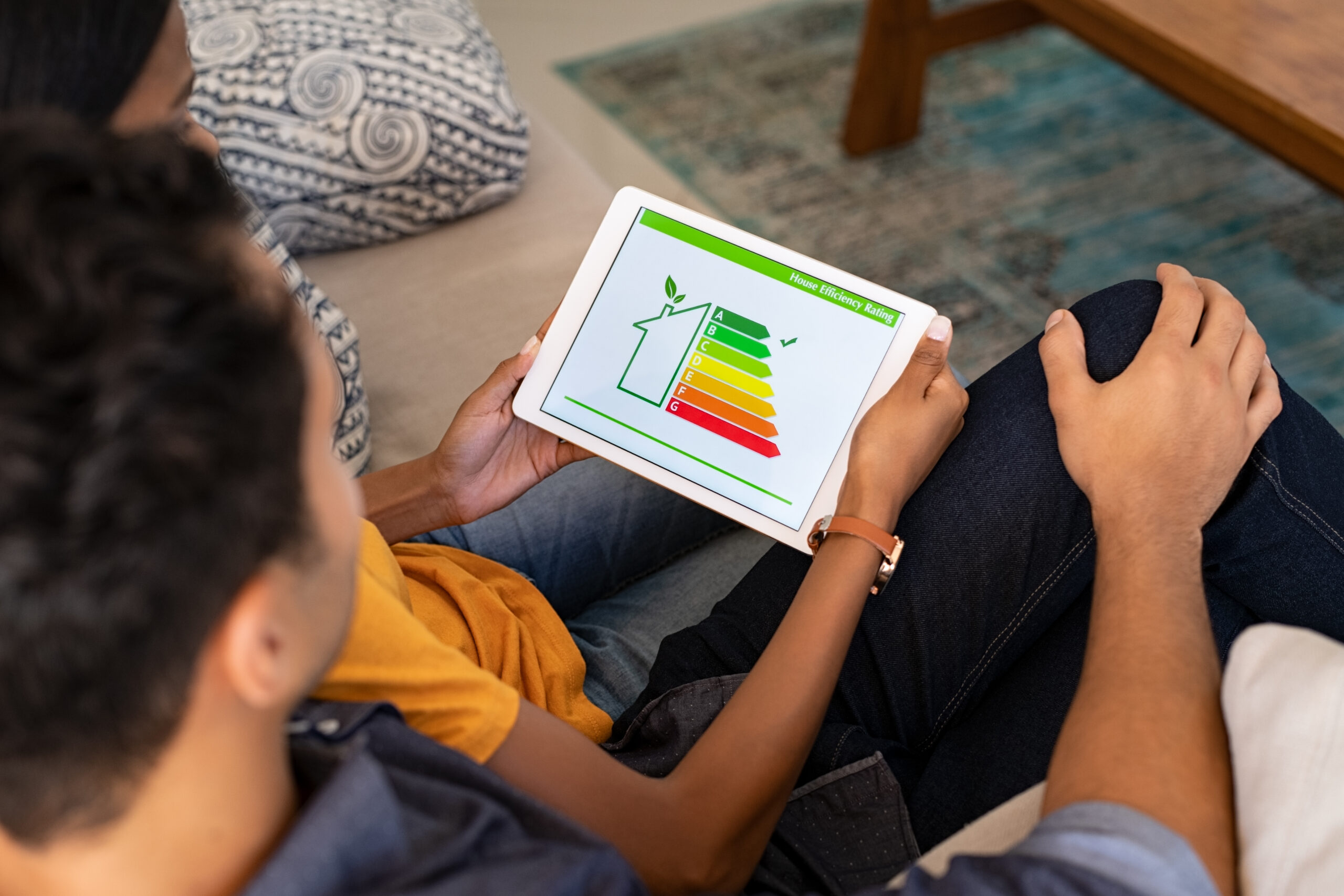- Article
- October 27, 2023
Sustainability and Home Appliances: Choosing Energy-Efficiency

When we receive our electricity bills, it’s common to wonder, “Why is it so high when I’ve used the lights so sparingly this month?” However, what about the energy consumption of your refrigerator, dishwasher, and stove? Have you ever considered it?
Choosing the right home appliances for your household is a subject we explore with Aušrinė Juozelskė, Brand Manager at ACC Distribution.
“Over the last 3-5 years, sustainability and energy efficiency criteria have taken center stage in the home appliance market. Manufacturers have been quick to heed these demands and have been diligently enhancing their appliances, offering a growing array of energy-efficient products. It’s safe to say that today’s household appliances consume significantly less electricity than they did a decade ago. For example, modern refrigerators use 10-20% less electricity annually, washing machines are up to 40% more efficient, and dishwashers consume 10-20% less,” A. Juozelskė remarked.
In 2021, the European Commission revised the energy calculation method for washing machines, dishwashers, and refrigerators. Many products had already achieved the top A+++ energy rating in terms of energy consumption, and manufacturers lacked the ambition to further improve and increase efficiency. As a result, energy measurement thresholds were adjusted, with manufacturers now striving for the coveted “A” energy rating. Each year, more and more companies introduce models in the A energy class, ensuring a broader range of consumers can afford top-tier energy-efficient appliances.
Consider this: half of your annual electricity consumption may be attributed to these appliances.
Energy efficiency labels are readily available in both physical and online stores, making it easy to calculate potential savings on your energy bills when selecting an appliance with an A or E energy rating. While the initial cost of an A-rated appliance may be higher, its lower energy consumption will translate to reduced operational costs over time.
Let’s crunch the numbers. A 7 kg Energy Class A washing machine will consume 45 kWh for 100 cycles (equating to €11.25 at an electricity rate of 0.25 cents/kWh). In contrast, a comparable Energy Class E washing machine will use 78 kWh (costing €19.5). This demonstrates that an Energy Class E model will consume nearly 70% more electricity at the same electricity rate.
Now, let’s shift our attention to dishwashers. A top-tier Energy Class A dishwasher will consume roughly 54 kWh for 100 washes, resulting in a cost of around €13.5. In contrast, an Energy Class F dishwasher, falling short of the highest energy class, will use about 104 kWh for 100 washes, doubling the cost to €26.
While we might not use the washing machine daily, the refrigerator operates continuously. Therefore, it’s worth calculating the savings attainable by selecting a refrigerator with a higher energy rating. A two-meter tall Energy Class B fridge will consume approximately 120 kW per year, translating to a cost of around €30. Conversely, a comparable F energy class fridge will require nearly three times as much energy, amounting to around 330 kW and a cost of €82.5 per year. Manufacturers continue to make improvements, with this year witnessing the introduction of the most energy-efficient refrigerator on the Lithuanian market, boasting an annual energy consumption of a mere 97 kW and energy costs of up to €25.
Busting the Myth about Short Washing Programs
“When it comes to washing machines and dishwashers, saving isn’t limited to electricity; water can also be conserved,” noted ACC Distribution’s Brand Manager.
On average, a standard 6-8 kg washing machine utilizes approximately 41-48 liters of water per cycle, while larger washing machines can consume 50 liters or more. The most economical dishwashers use merely about 6 liters of water per wash, whereas less efficient models may consume about 13 liters.
Another noteworthy innovation is the possibility to connect washing machines directly to hot taps, especially beneficial if you have solar panels or access to low-cost water heating. This can lead to significant energy savings.
The expert also highlighted the popular trend of using short washing programs among consumers for time, water, and electricity efficiency. However, she cautioned, “Not all short programs are more cost-effective than longer ones. While it’s a common belief that longer washing cycles consume more electricity and water, it’s important to note that extended programs allow the machine to soak the laundry, achieving cleanliness without the need for continuous electricity use. Express programs, on the other hand, omit the soaking stage and run continuously.”
Multiple Dishes in a Single Oven
In addition to washing machines and dishwashers, ovens, cookers, dryers, and cooker hoods also possess energy labels that simplify the assessment of energy consumption among different models.
For example, cooker hoods typically consume between 40 and 100 kWh of energy annually. It may seem logical that energy consumption depends on the hood’s power, but manufacturers have developed solutions that make high-powered cooker hoods exceptionally efficient. Some models consume only 20 kWh per year while providing an output of 600 m3/h. Hobs, which are responsible for both the product’s operation and lighting, now exclusively feature LED lighting.
Under the previous regulations, the most energy-efficient ovens fell within energy classes A+, A++, or A+++. These ovens typically consume between 180 to 280 kWh annually. To further reduce electricity consumption, set your washing machine to a higher spin speed (1400-1600 rpm is recommended if clothing manufacturers allow it), resulting in drier laundry and shorter drying times.
Electric ovens and hobs can consume up to 1 kWh per cycle, depending on their size and selected functions. Manufacturers have introduced features that allow for the simultaneous cooking of different dishes without mixing flavors, promoting energy efficiency. Additionally, a range of appliances on the market can now be wirelessly linked to a mobile phone, providing real-time energy consumption data and further opportunities for energy conservation.
“Public attitude toward sustainable consumption are rapidly evolving. More and more consumers are now considering the materials used in their household appliances. Sustainability trends have motivated electronics manufacturers to adopt environmentally friendly packaging, reduce cardboard usage, and transition away from foam,” noted A. Juozelskė.

